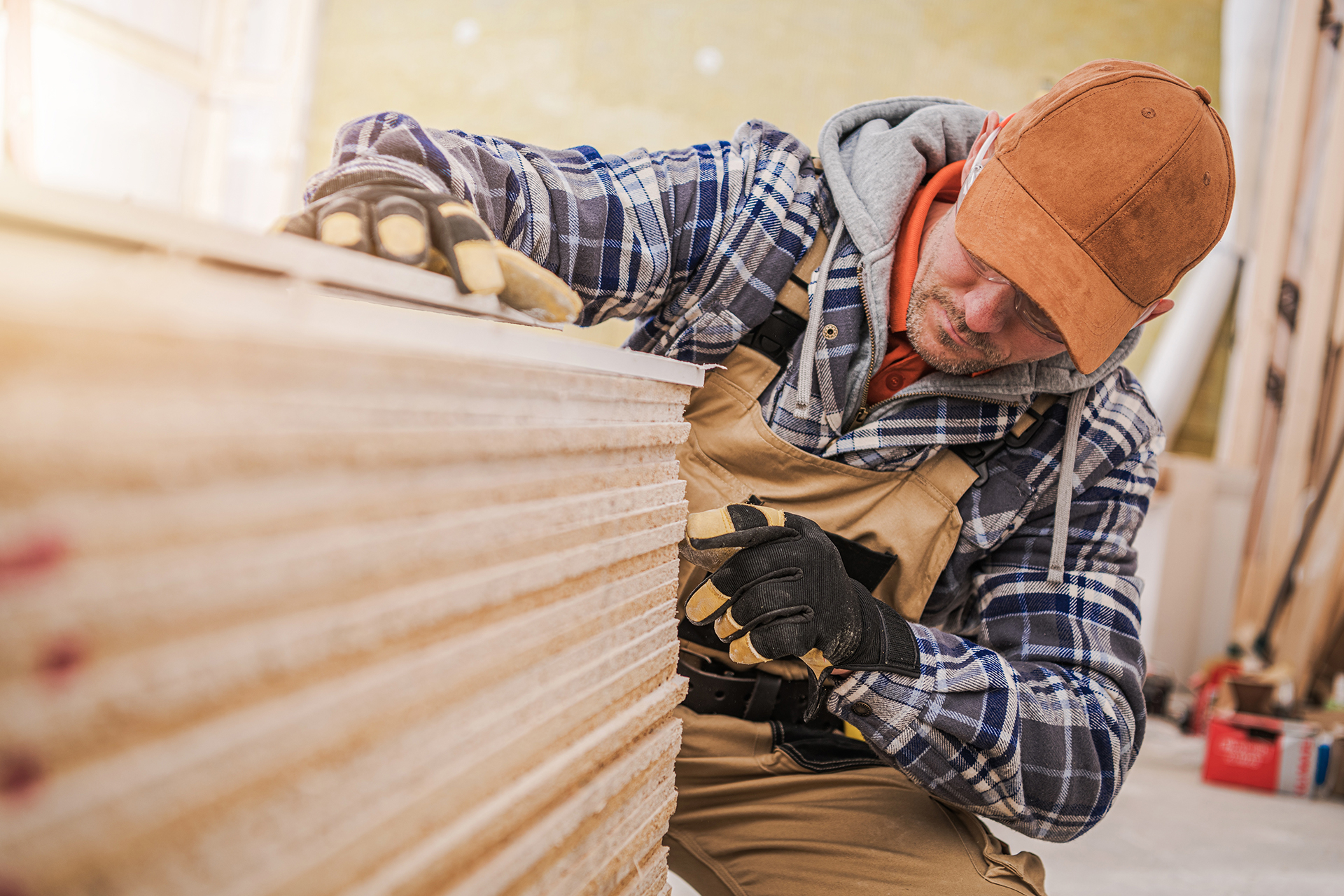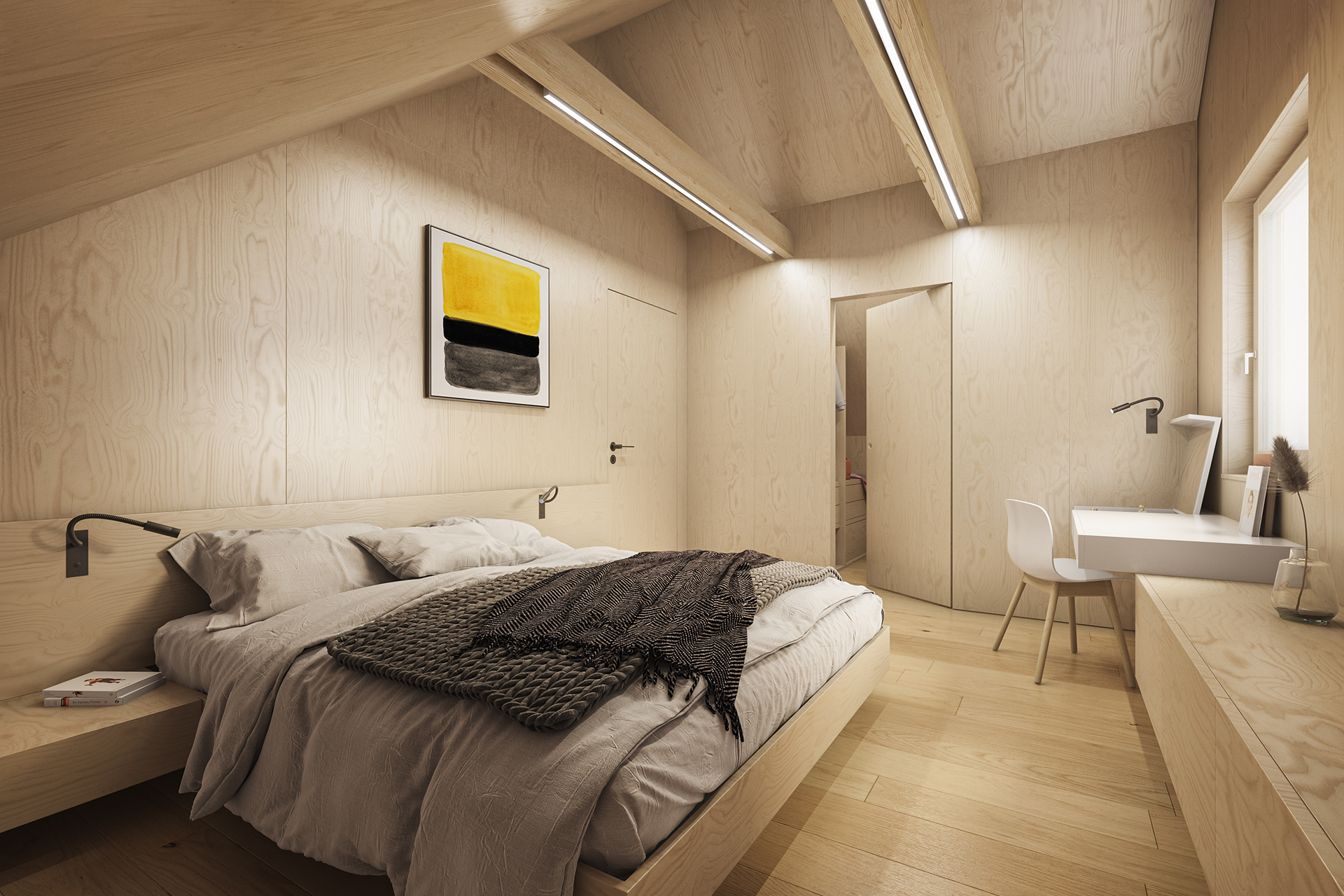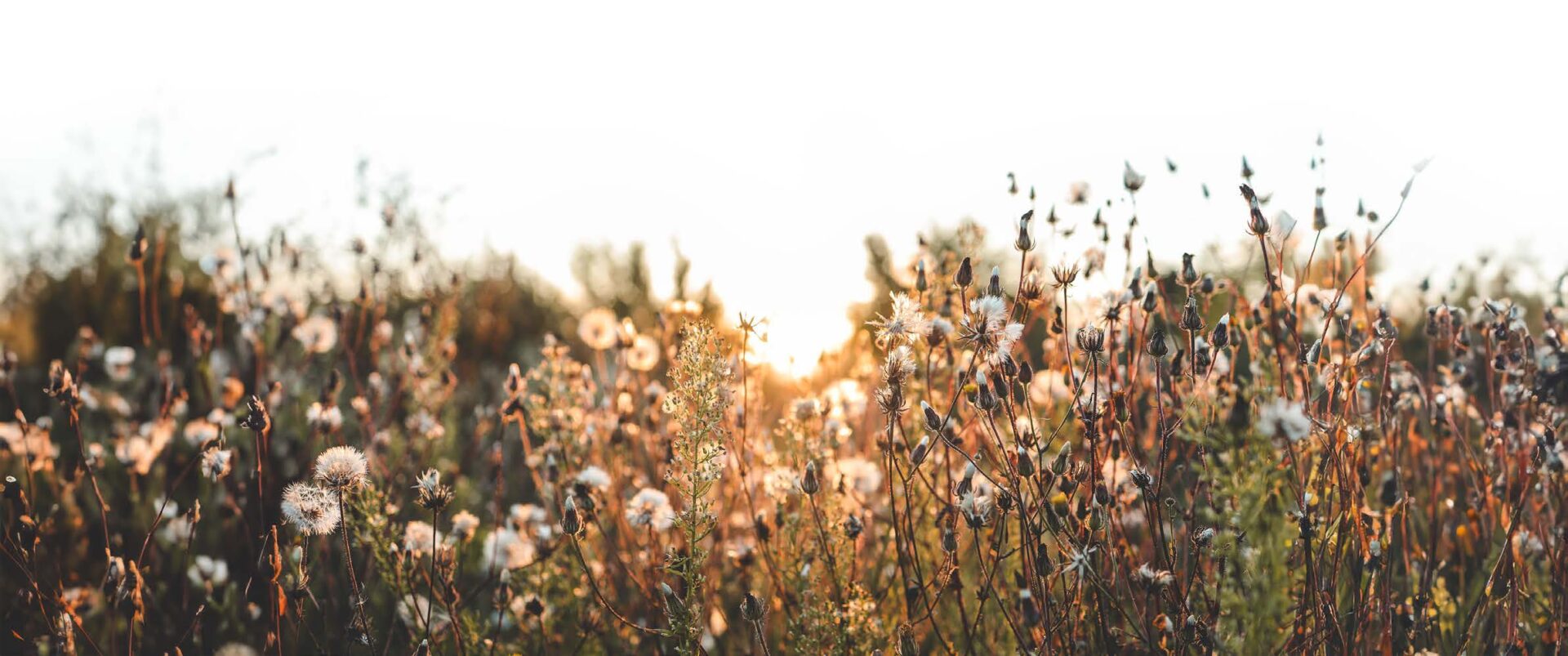According to the Albert and Victoria Museum, the history of plywood is a history of the modern world. And they couldn’t be more right. There is an abundance of uses for plywood across industries and all strata of society, and it all started off in 2600 BC in ancient Egypt where the building technique was developed.
Nowadays, plywood uses are more varied, covering general DIY projects that anyone can undertake to more specialised construction projects by builders and engineers. Whatever type of ply you have to hand, we can assure you that it has an ideal application.
Before we reveal all of the common, practical ply board uses, it’s helpful to understand how plywood is manufactured and its properties across its various types. This will allow you to make the right choice for your individual project.
What exactly is plywood?
Plywood is a type of engineered wood made from thin layers of wood veneer (also called plies) that are glued together with adjacent layers that have their wood grain rotated up to 90 degrees to one another.
This cross-graining technique enhances the strength and stability of the boards. The result is a versatile material that exhibits an impressive strength-to-weight ratio, which is exactly why it is widely used in construction, furniture making, and various DIY projects – more on that later.
Is plywood a practical material?
Yes, plywood is highly practical due to its versatility, durability, and cost-effectiveness. It offers a good balance of strength and weight, making it suitable for a wide range of applications. Its availability in various grades and thicknesses allows for customisation based on specific project requirements and a great deal of choice.
What are its key properties?
We’ve already hinted that plywood has many beneficial properties, but here is a rundown in more detail.
Plywood displays:
- High strength and dimensional stability
- Impressive impact resistance
- A strong ability to resist shear forces
- Water, fire and chemical resistance
- Excellent sound and thermal insulation
Types of plywood for various applications

There are several types of plywood in popular use, each being a different thickness and designed for specific applications.
Softwood ply
Softwood ply is typically used in construction for structural applications where strength and durability are required. It’s commonly used for sheathing, subflooring, and roofing.
Birch plywood
Birch plywood is known for its durability and resistance to warping, making it suitable for heavy-duty applications such as wall structures and flooring. It’s also used for household furniture due to its blemish-free finish and ability to withstand heavy weight.
Hardwood ply
Made entirely of hardwood, this type of plywood is exceptionally strong and durable. It finds its use in furniture making, as well as specialised applications like building musical instruments and sporting equipment. It’s also available with anti-slip coatings for flooring in vehicles like vans and trailers.
Treated plywood
Treated plywood has been enhanced with preservatives in a process called wood tantalising – this makes it resistant to moisture, fungal infestation, and insect damage. It’s commonly used for outdoor structures, agricultural buildings, and fencing where exposure to weather is a concern.
Marine ply
Marine plywood is designed specifically for use in moisture-rich environments such as boat building and outdoor furniture. It meets strict regulatory standards, including having no core gaps, being made of durable hardwood veneers, and bonded with waterproof adhesive to prevent delamination.

10 practical uses for plywood
Now that we’ve explained the various types of ply and their properties, it’s time to reveal 10 of the common uses for plywood where it really excels.
1) Exterior wall sheathing
Plywood serves as an excellent material for exterior wall sheathing due to its strength, durability, and weather resistance. It provides a sturdy base for siding while offering protection against the elements, ensuring the structural integrity of buildings.
2) Interior wall panelling
Plywood can be used to create stylish and functional interior wall panelling. Whether for residential or commercial spaces, plywood adds warmth and texture to interiors while providing a durable surface for mounting fixtures and decorations.
3) Indoor and outdoor furniture
Plywood’s versatility makes it ideal for crafting both indoor and outdoor furniture. From sleek modern designs to rustic pieces, plywood can be shaped and finished to suit various styles. Its durability, affordability and the ease by which you can cut it into shape make it a popular choice for DIY furniture projects.
4) Storage and stationery holders
One of the particularly handy uses for plywood is creating storage solutions such as shelves, cabinets, and desk organisers. Its strength allows for the construction of sturdy storage units that can withstand heavy loads, while its smooth surface makes it easy to paint or decorate to match any decor.
5) Home accessories
Ply can also be used to make a wide range of home accessories, including picture frames, mirrors, clocks, and more. All you need is an eye for design, the right tools and a steady hand and you can create hundreds of different plywood accessories to furnish your home.
6) Roofing
One of the common plywood uses is roof sheathing due thanks to its ability to withstand heavy loads. It provides a solid base for roofing materials such as shingles or metal panels, ensuring a stable and weather-resistant roof structure. Its smooth surface allows for easy installation and ensures a uniform substrate for roofing materials.
7) Flooring
Whether used as a subflooring material for various types of flooring materials such as hardwood, laminate, or tile or as the finished floor surface itself, plywood provides a solid foundation to any room.
Its smooth surface allows for easy installation, while its strength ensures long-lasting performance in residential and commercial settings alike. Another standout feature is that it can be sanded and refinished multiple times, extending the lifespan of the flooring and allowing for design flexibility over time.
8) Marine-related uses
Marine plywood is specifically designed for use in moisture-rich environments such as boat building and dock construction. Its waterproof adhesive and durable hardwood veneers make it resistant to water damage, and thus ideal for marine applications.
9) Pet enclosures
Another of the many uses for plywood involves building durable and functional enclosures for pets such as dog houses, rabbit hutches, and chicken coops. Its strength and weather resistance ensure that pet enclosures provide a safe, dry and comfortable environment for animals.
10) General DIY projects
Plywood is a go-to material for a wide range of DIY projects, from simple household repairs to intricate woodworking creations. Its affordability, availability, and ease of use make it a favourite among DIY enthusiasts looking to tackle projects of all sizes. Give any plywood project a google and you’ll be sure to find someone who has successfully taken it on.
Get the ball rolling with a plywood project
Now armed with knowledge about the various types of plywood and their respective applications, you’re ready to dip your toes into the creative process.
Whether you’re looking to embark on a DIY adventure or undertake a professional construction endeavour, plywood offers a versatile and reliable solution. From softwood for structural support to marine plywood for moisture-rich environments, the options are abundant.
So, gather your tools, choose the right plywood for your requirements, and get the ball rolling on your next ply project. With creativity and craftsmanship, the possibilities are endless.






